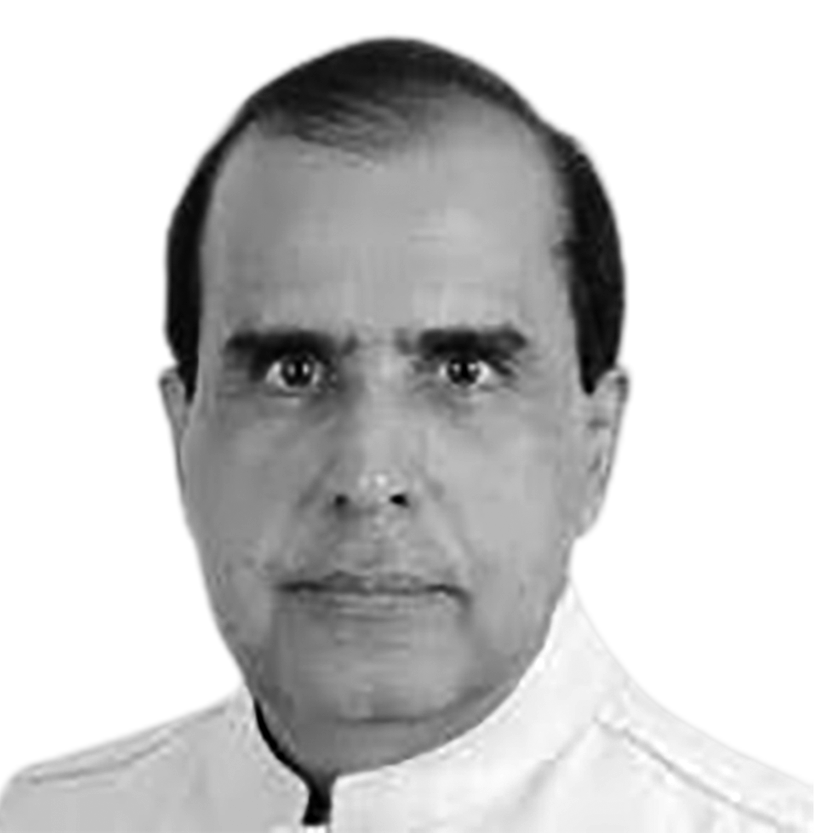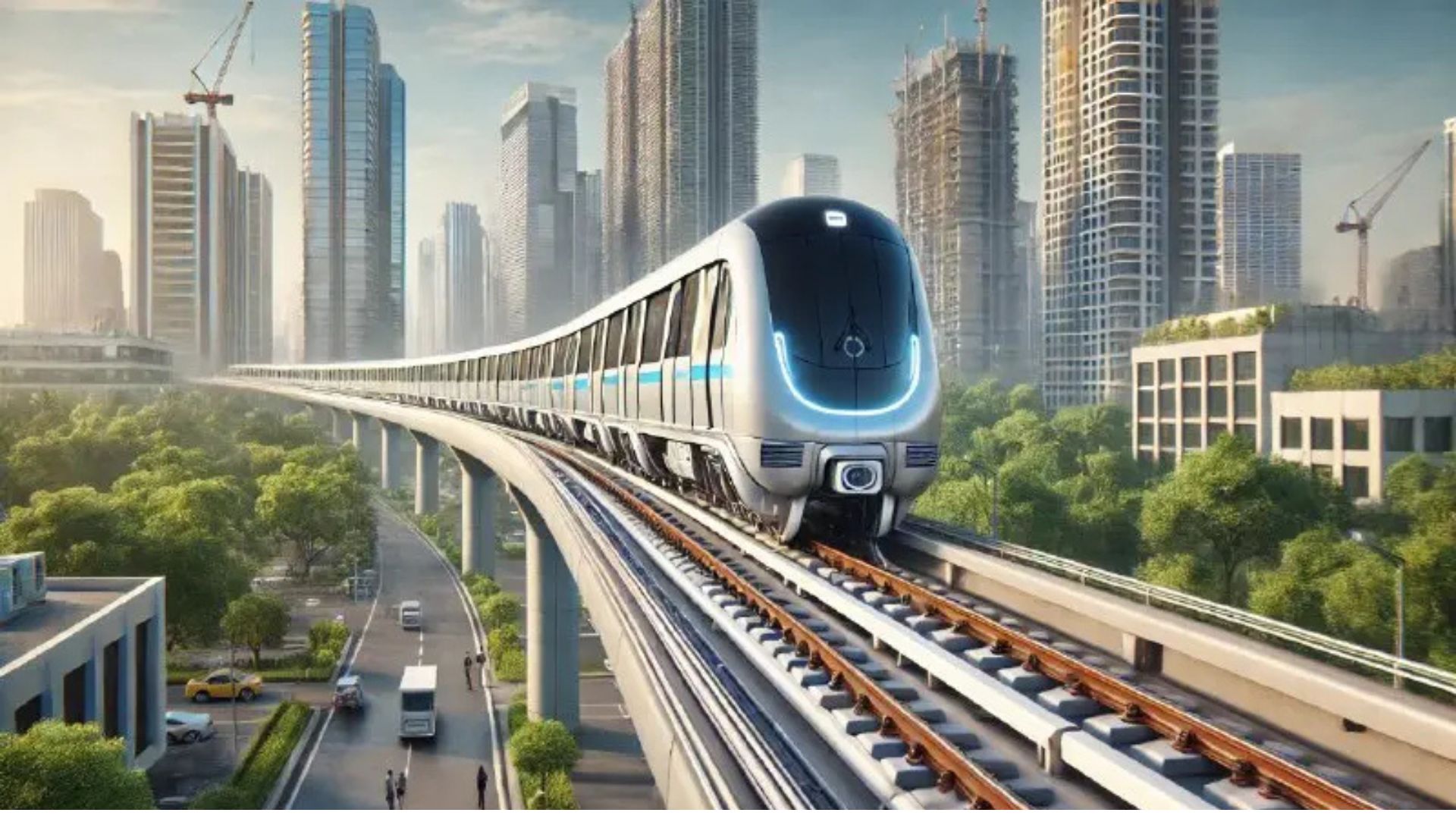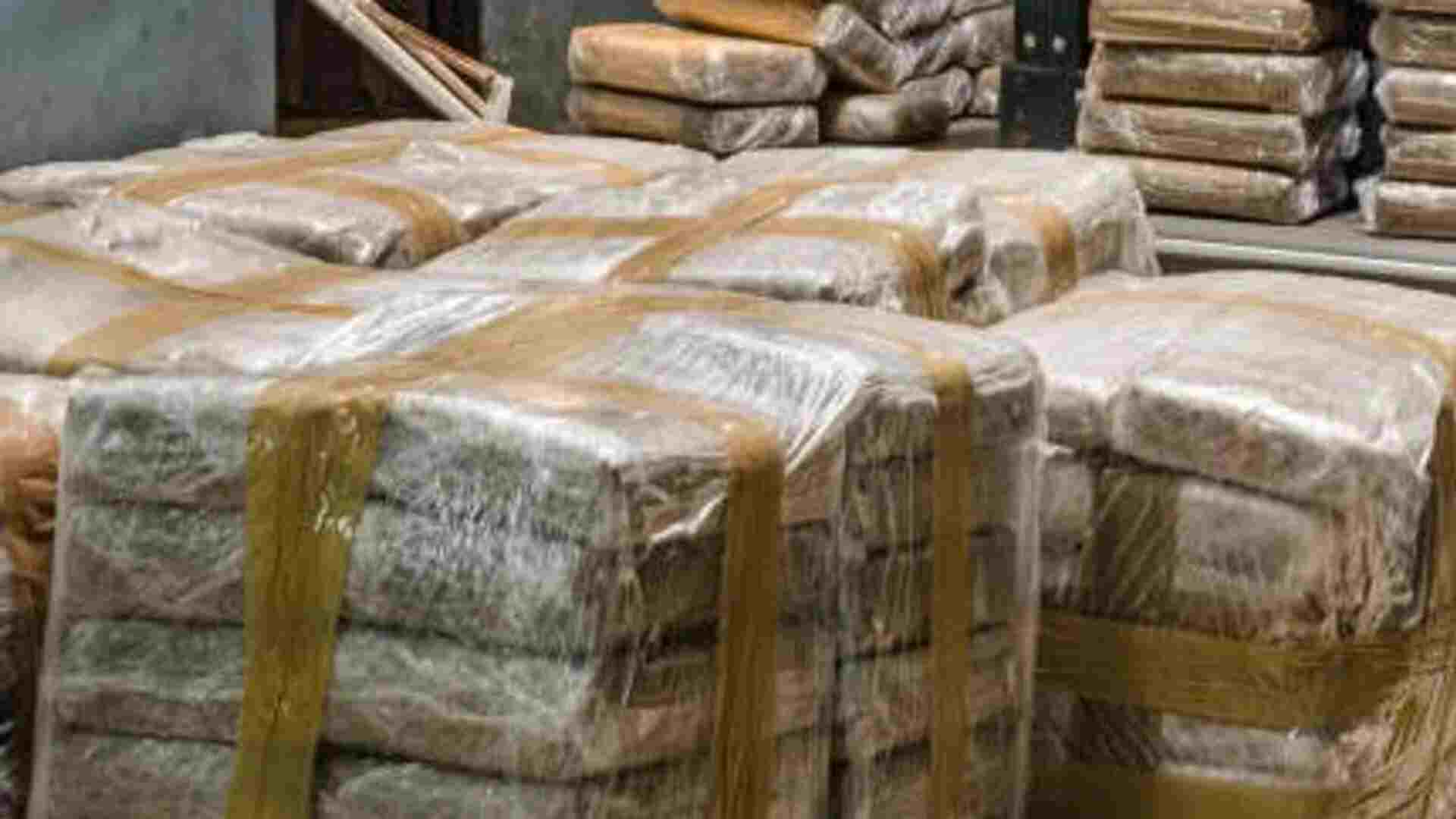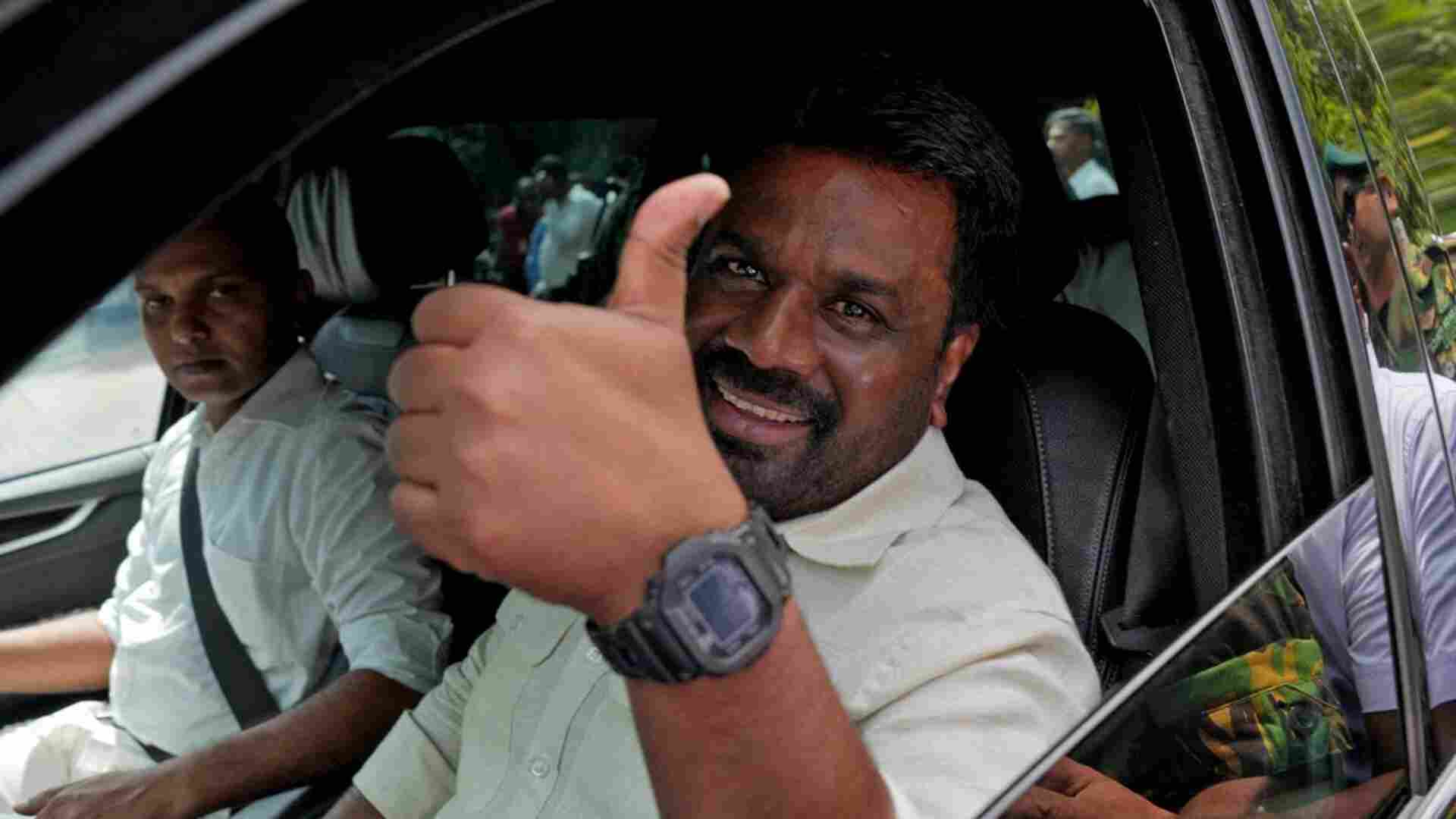
“Convert challenges into an opportunities”: this has been the consistent message from prime minister Modi to the industry and bureaucracy. The healthcare eco-system, both in the private and public sectors, has been on the forefront in delivering on this doctrine.
We have created 150,000 health and wellness centres, the primary line of defence in public health, in record time. The industry has ensured uninterrupted supplies of generic drugs not only to India but also to the global markets during the worst of the Covid pandemic despite broken supply chains.
Importantly, India became a powerhouse for vaccine manufacturing during the pandemic after being denied the access to the vaccines by some of the global corporations.
Indian vaccines have been accepted and are being exported to over a hundred countries including the US, Canada, Australia, and the UAE along with South East Asian countries. The challenge of Covid 19 and the refusal to get access to global vaccines brought out the best of Indian manufacturers and the scientific community. Instead of succumbing to unreasonable conditions laid down by some of the global manufacturers, the government entrusted the Indian scientific and manufacturing talent to ramp up production to meet domestic and international demand – and was not disappointed.
Vaccine manufacturing is not new to India. They have formed part of the portfolios of major pharma companies investing in expansion of their manufacturing capabilities. Invest India’s report highlights that India accounted nearly 90% of the global demand for the measles vaccine. In addition to the measles vaccine, India dominates the global market for vaccines for Bacillus Calmette–Guérin (BCG) and Diphtheria, Tetanus and Pertussis (DPT).
The development process to get a new vaccine is long and complex and spans many years. So how were many of these corporations able to develop, produce and distribute Covid vaccines so quickly during the pandemic?
The answer lies in the fact that the healthcare industry, scientists and government regulators worked in tandem keeping Covid vaccine as their topmost priority. In addition to the vaccine manufacturers, other healthcare stakeholders also worked with the same zeal to ensure that the right therapeutic solutions are made available to treat millions of impacted people – a fine example of a challenge-turned-opportunity and of partnership between the regulators, scientists, industry and the manufacturing process of our pharma eco-system.
Bharat Biotech’s Covaxin was a completely indigenous technology developed jointly with our premier agency, Indian Council of Medical Research (ICMR). This vaccine contains an inactivated virus which does not infect people but triggers the immune mechanism for effective defence. With Covishield produced by the Serum Institute, India was able to vaccinate the majority of its eligible population in a short time. The Drug Controller General of India, our regulatory agency, worked overtime to evaluate the data on the safety parameters to allow the production and release of the vaccines.
The trust in domestic technology was further demonstrated by the Prime Minister Modi when he decided to get Covaxin shot for himself and was among the first few users of the Indian vaccine even as of many flaunted their travel to other countries for getting Pfizer or Moderna vaccines.
Vaccines for Covid or any other disease help the body to develop immunity or the ability to fight the pathogen in the event of an infection. Vaccines do not stop the spread of the disease. They slow down the spread by breaking the infection cycle. The challenge before the health scientists is to stay ahead of the future challenges.
The disease pattern is changing. Viruses continue to mutate and infect people. Vaccines will remain important and critical for times to come. Major global corporations like Pfizer, Sanofi, and GSK continue to invest in research and development and have global tracking mechanisms giving them a technological edge. India is generally denied access to many of these advance products, ostensibly due to a lack of adequate patent protection in India.
For Indian companies, it becomes important that we do not rest on the laurels of our manufacturing competencies or slip into the comfort zone of “generic supplier.” We must allocate adequate resources on basic research and actively track the changing behaviour of the virus in different geographies and be ready to develop indigenous vaccines in preparation for the next outbreak. Prime Minister Modi has asked for enhanced whole genome sequencing of positive samples with the designated INSACOG Genome Sequencing Laboratories.
We need to actively track the behaviour of the virus and be ahead of the curve to avoid similar situations in the coming years. Palliative therapies are equally important to treat the infection. We need an enabling institutional environment where public and private institutions commit resources towards research and development dedicated to new drug discovery. At the same time, new technologies need to be defended by a strong patent regime. The policy makers have equal responsibility to ensure supportive regulatory regime to encourage the investments in R&D.
Rakesh K Chitkara has led public policy practice for major US corporations including Abbott Lab, General Electric, Dow Chemical and Monsanto.















